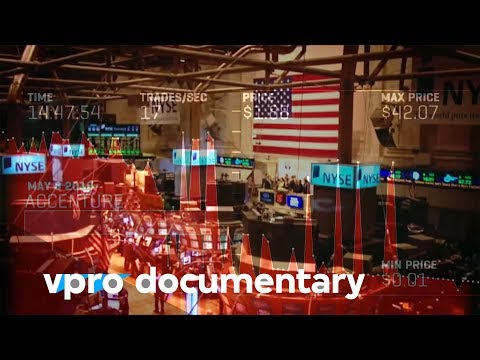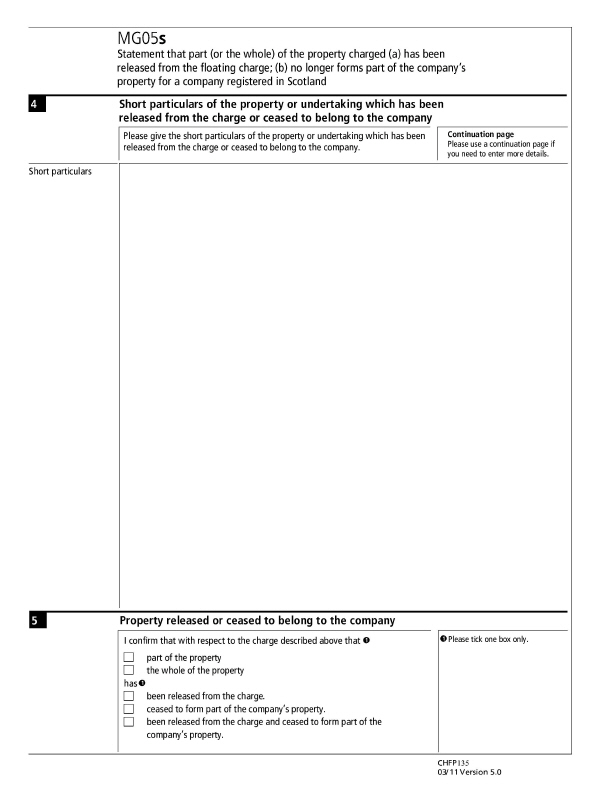Leadership Styles: 5 Common Approaches & How to Find Your Own


An empathetic leader who only focuses on the people and not the work, though, can leave employees confused and unmotivated. With no clear direction, a hands-off approach to work-related leadership can lead to mistakes, inefficiencies and poor results. Using this type of democratic, team leadership theory on a constant basis can have drawbacks, though. A leader who never really takes charge and instead lets everyone else debate every decision can lose respect as an authority.
They often don’t make detailed strategic plans, but instead, facilitate conversations between key people both within and outside of their organization to achieve this end. Managers are motivated to perform due to a “leader is watching” feeling. He’s noted as a delegative leader because of his method of empowering his employees to make their own decisions and solve their own problems. Churchill is a great example of a transformational leader that inspired an entire nation of people to work towards a common goal.
The phrase most illustrative of a Democratic Leadership style is “All for one and one for all”. Transformational leadership takes a chapter out of the book of charismatic leadership. We’ve already talked about how personality traits, behaviors and situations affect leadership. In fact, one might assume that there are as many leadership styles as there are leaders. Coaching leaders have a firm grasp of what motivates their team and can reproduce success.
To be a good leader, she says, you really just have to be agile. You may even practice different leadership styles in different situations, depending on who you’re leading and the challenge at hand. APJ Abdul Kalam, former president of India and one of the country’s best-known scientists, followed this leadership style.
- As you might have guessed, further research has yielded more leadership styles than the original three that Lewin and his team identified in 1939.
- Understanding your impact will influence your character and decisions regardless of your situation.
- Lockdowns, isolation and remote working have all had an impact on how leaders lead in these changing and uncertain environments.
- An authoritative leader must be confident and have the experience to back it up in order to be successful.
- Instead of focusing exclusively on metrics, values-based leadership drives positive change by emphasizing the organizational mission and purpose.
- There are different ways in which leaders approach people to motivate them.
The majority of models we talked about in the last section—Fiedler’s Contingency Theory, Path-Goal among them—are based on the concept of this exchange between leaders and followers. The leader provides followers with direction, resources and rewards in exchange for productivity and task accomplishment. If roles within the group are unclear, participative leadership can lead to communication failures. If the group is not skilled in the area in which they’re making decisions, poor decisions could be the result. Your leadership style will be more effective if you know your short- and long-term objectives.
Overcome These 3 Cognitive Biases To Become a Great Leader in 2023
We also have a list of the best leadership activities for work and a list of management styles for work. When you enter a room, employee reaction shows your effect as a leader. You could have gone through the ranks, inherited your family’s business, or been a leader in an unfamiliar field. Understanding your impact will influence your character and decisions regardless of your situation. Even if you recorded incredible success with one leadership style in the past, your new team may need different habits to operate efficiently.
This leadership style has historically been prevalent and utilized by many leaders in many organizations. However, as working habits have changed (accelerated by the COVID-19 pandemic) and teams have become more decentralized, this leadership style is more complicated. The best leaders will be able to evaluate the situation, the employees and their capabilities, and apply whichever leadership style will work best with the given circumstances. Although leaders with this approach do listen to employees and their opinions, they may negate or reject it, in case they go against the company’s ethos or policy.
How well they use their best emotional intelligent influence people in a multicultural and a very effective ways working in a fair work Australian workplace environment. Ahmad in a nutshell is product of passion, enthusiasm and adventure. He loves to write around anything that involves behaviors, art, business and what makes people happier. William Edwards Deming, a statistician and engineer, is a leader who saw the best way certain systems could operate and taught those under him how to accomplish these goals.
Therefore, charismatic leaders are not merely a simply populist leaders who affect attitudes towards specific objects. Rather, these leaders transform the underlying normative orientation that structures specific attitudes. Facilitative leadership is dependent on measurements and outcomes – not a skill, although it takes much skill to master.

Disadvantages of this leadership style include a minimization of employee innovation and creativity, and a high employee turnover of those who are “punished” for not meeting their deadlines. Another advantage of transactional leadership is that it’s easy to understand and implement. Employees know exactly what transactional leaders expect of them and they can benefit from rewards if they regularly meet their goals. Richard Branson is also an excellent example of a transformational leader. His Virgin Group owns several companies across a range of industries, from broadband to international travel. Branson himself isn’t an expert in all of these industries, but his charismatic personality gives him the power to inspire others to get excited about these ideas and make them work.
If you have produced results in the past, you will likely do so again. People with reward authority have the power to reward others for positive actions and behaviors. This enables them to withhold rewards based on negative behaviors.
They empower team members to do their work, and offer themselves up as a resource whenever their team members need them. They’re quick to dole out praise and offer support when needed. For example, if your preferred approach is serious, dry and aggressive, you may have trouble connecting with a team craving empathy and sensitivity from a leader. If you tend to be more soft-spoken and hands-off, you could fail your team in a situation that demands take-charge leadership. Authority is a form of legitimate power that comes with a certain position.
Studies have shown that teams that have worked together for a long period of time are more effective than those that have not. But because keeping a flight crew together would be expensive, crews change their members all the time. Situations such as this are just one example of the challenges teams face. Leadership styles are one of the concepts contained in the National Professional Qualification () framework for leaders in Education. Unlike Autocratic Leaders, Authoritative Leaders take the time to explain their thinking to others, they don’t just issue orders.
When This Type of Leadership Style Works Best
The phrase most illustrative of an Affiliative Leadership style is “People come first”. In spite of a limited amount of scientific study where charismatic leaders are concerned, researchers agree there are applications and lessons to be learned out of this type of leadership. Leaders practicing the delegative leadership style are very hands-off. They offer little or no guidance to their group and leave decision making up to the group.
In this article, we will discuss in-depth about leadership styles. An autocratic leader will reach a decision themselves, communicate it with their team, and expect the team to execute, with no questions asked. With autocratic leadership, authority is in the hands of a single person, the leader. Examples of autocratic leaders include Donald Trump and Martha Stewart. On the other hand, it’s high-maintenance and requires a lot of time and energy input. Coaching leaders need to be consistent in their feedback and guidance, which can be difficult in large teams.
EurekaConnect partners with proven technology and data driven solutions that objectively and measurably improve organizational performance. EurekaConnect provides key resources to mature, describe various leadership styles based on the use of authority and early stage companies. It may result in a lack of group cohesion and unity toward organizational objectives. Opportunity for individual development is offered to group members.

Likewise, a coaching approach might work if you recently promoted a new manager in a department. Thus, views regarding both power and leadership shape the conception of authority within an organization. And because both these facets of authority conception differ drastically from culture to culture, authority itself is conceived of differently from society to society. Equally important as an effect on the receding popularity of coercion as a basis of power has been the influence of quality management theorists, such as Philip Crosby and W. They suggested that there is a decline in productivity and creativity when coercive power is employed.
The democratic business leader
This style is geared to a wider audience at all levels who want to create a high performance life, team or organization. In this kind of leadership, guidelines, procedures and policies are all natural additions of an autocratic leader. Statistically, there are very few situations that can actually support autocratic leadership. One of the best ways of finding what leadership style suits you and when, is trying out some different approaches.
Servant Leadership
His personal and work ethics served as a model to inspire others in the development of the world-class Indian Space Research Organization. When a leader adopts a participative leadership style, this encourages collaboration through accountability. This often leads to a collective effort of a team to identify problems and develop solutions instead of assigning individual blame. Leaders who adopt this style consider themselves mentors to their followers. Not to be confused with authoritarian leadership, authoritative leadership emphasizes a “follow me” approach. This way, leaders chart a course and encourage those around them to follow.
How do you find your leadership style?
This approach works best when group members are skilled, have experience, and are able to operate with structure and direction in a consistent manner. This style is the least intrusive and leaders with this approach ensure that the authority lies with the employees. While this leadership style can empower, it may also limit development, therefore, must be kept in check. There are multiple types of leadership styles such as Democratic, Bureaucratic, and Autocratic. If someone asks you, ‘what is leadership’, what would your answer be? Think carefully before you answer because it will reveal what kind of a leader you are or want to be, and the leadership styles you want to undertake going forward.
Napsat komentář